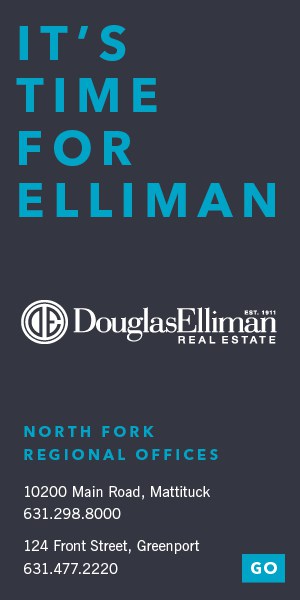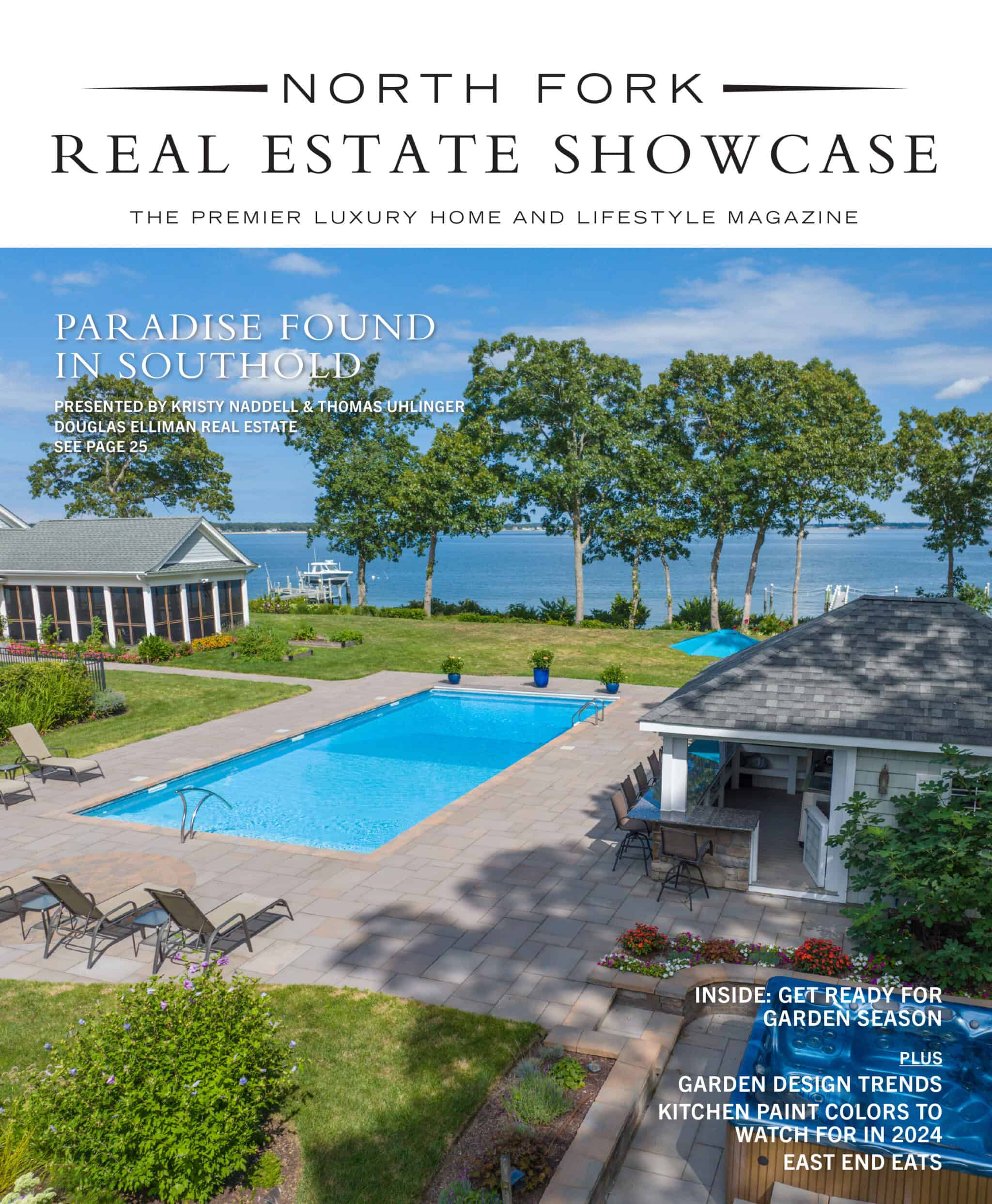The capital of Denmark, which has itself earned the top spot as a country in the United Nations’ “World’s Happiness Report,” is a magical place that’s worthy of multiple visits. Home to three quarters of a million people, the city is practically Utopian. Clean, green, friendly and architecturally stunning, the former Viking fishing village dates back to the 10th Century and is home to sights galore, due to its deeply rich history, ingenious design and healthy cosmopolitan flair.
There’s plenty to see on dry land in this super-walkable city (we clocked 30 miles in our first three days without breaking a sweat) but it’s the surrounding elements that elevate it to the sublime. Visually, Copenhagen’s aquatic topography is a dream. Some of the recommended highlights include the Nordhavn harbor, which is so clean that people swim there even though it’s a home to ferry berths and a marina, and the man-made Amager Strandpark, a 4.6-mile artificial island and public park along the Øresund, or “the Sound,” a strait which forms the Danish-Swedish border; the canals of Nyhavn and Christianshavn, aka Christiana or “Freetown;” and The Søerne—Sortedam, Peblinge and Sankt Jørgens—three artificial rectangular lakes that curve around the western margin of the city center.
There’s also a whole lot to wow, architecturally speaking. Marrying a substantial past with the thoughtfulness of modern Danish design, Copenhagen manages to embrace its history while still allowing plenty of space to move forward into the future. Here, Renaissance, neoclassical, rococo and baroque meet contemporary in the most delightful and thoughtful ways, ushering in a new golden age and high-water benchmark for all who appreciate artistry in urban planning and design in general.

The cleanliness and friendliness of the city are also quite notable. It’s bustling and busy but so unblemished, ecologically advanced and efficient that one can wear white pants days in a row without getting a speck of dirt on them—even on public transportation, which is plentiful and well used. In fact, Copenhagen’s high environmental standards are so ingrained that the city plans to be carbon-neutral by 2025.
Fewer than a third of the population bothers with cars here at all and the lack of automobiles is refreshing, as the Danish who live in Copenhagen bike and walk everywhere. As a result, there is virtually no smog, grit or grime anywhere. And, since most everyone is on foot for two wheels, the convivial bonds are great as well. Literally, every single time we cracked open a map, a friendly and helpful native Dane appeared in seconds offering directions and assistance—and always in English.
There’s so much to do and see here. Some of the more memorable sights in Copenhagen include: Christiana—a green/hippie-type squatters’ neighborhood where practically anything goes, except photos; Nyhavn, which is positively gorgeous and has top picks of restaurants and nightlife; Papirøen, aka “Paper Island, which is home to street food and contemporary art; the Copenhagen Opera House; the National Gallery; Round Tower observatory, which is practically ancient and also lots of fun to walk up; the Strøget, the retail district featuring a long street filled with shops; Tivoli Gardens and amusement park; “The Little Mermaid” statue (remember, Hans Christian Andersen lived here); the Amalienborg and Christiansborg palaces; and Rosenborg Castle and gardens, to name but a few.
And lastly but certainly not least, there’s the famous hygge, a defining characteristic of Danish culture. Translating roughly into “coziness” and pronounced as “hooga,” it’s all about contentment and well-being. Thankfully, Copenhageners don’t seem to give a Kroner (the currency used there) about fancy airs. The people who live here relish the truly great things in life: friends, family, community, nature, work-life balance, good food, timeless design and quality time. Isn’t that grand!








